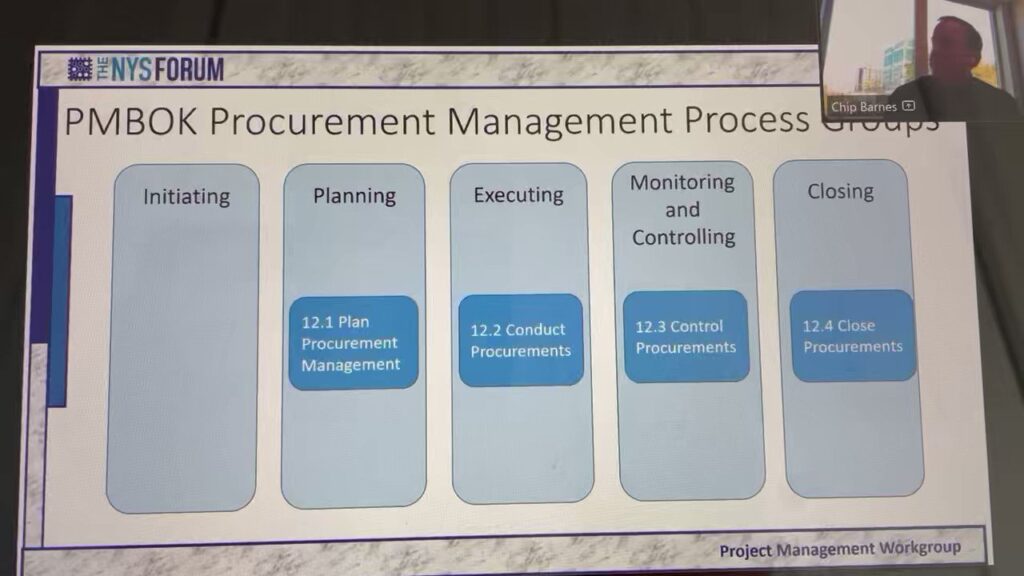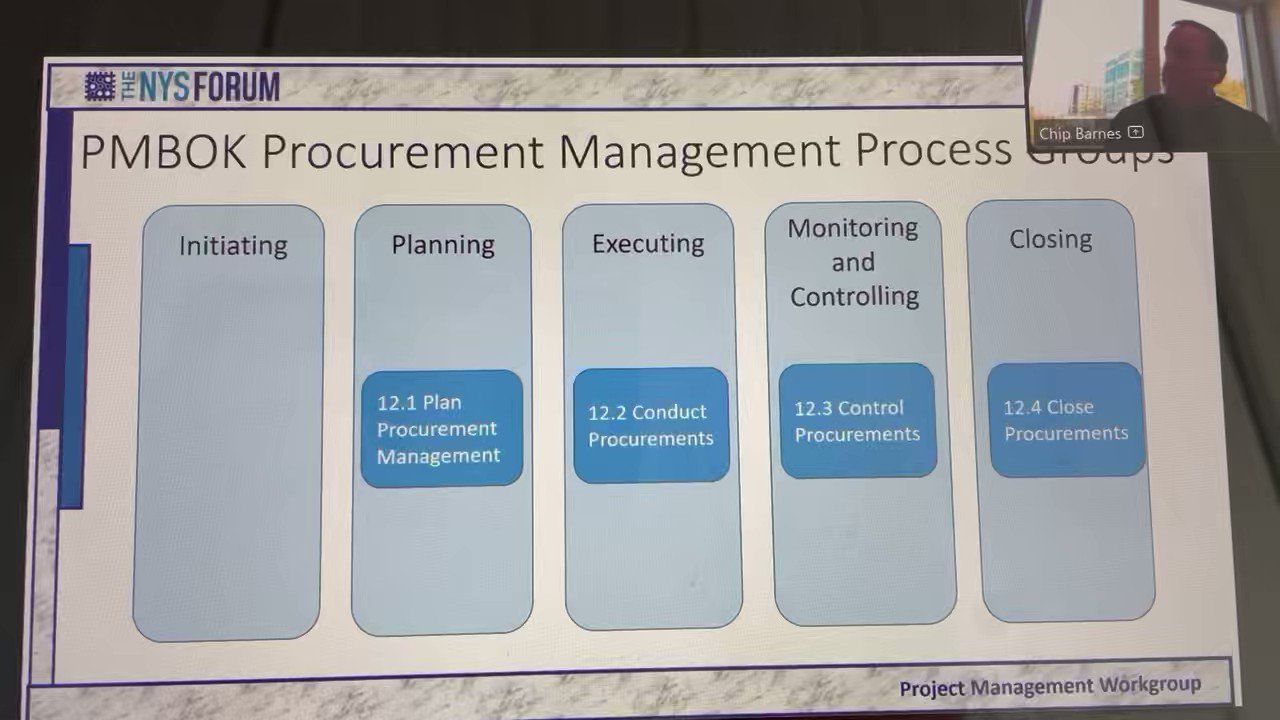
Navigating the NYS PMP: A Comprehensive Guide to New York’s Prescription Monitoring Program
The New York State Prescription Monitoring Program (NYS PMP) is a critical tool in combating the opioid epidemic and preventing prescription drug misuse. This guide provides a comprehensive overview of the NYS PMP, its purpose, how it works, and its impact on healthcare providers and patients in New York. Understanding the NYS PMP is essential for anyone involved in prescribing, dispensing, or receiving controlled substances in the state.
What is the NYS PMP?
The NYS PMP is an electronic database that collects information on prescriptions for controlled substances dispensed in New York State. Its primary purpose is to assist healthcare practitioners in making informed decisions about prescribing and dispensing these medications. By providing access to a patient’s prescription history, the NYS PMP helps prevent doctor shopping, identify potential drug interactions, and reduce the risk of opioid misuse, addiction, and overdose.
Key Objectives of the NYS PMP
- Reduce prescription drug abuse and diversion.
- Prevent doctor shopping and prescription fraud.
- Improve patient safety by providing prescribers with access to comprehensive prescription history data.
- Support law enforcement efforts in identifying and investigating prescription drug-related crimes.
How the NYS PMP Works
The NYS PMP operates through a secure online database. When a controlled substance prescription is dispensed, the pharmacy is required to submit specific information to the NYS PMP within 24 hours. This information includes the patient’s name, date of birth, address, the prescriber’s name and DEA number, the drug name, dosage, quantity, and date dispensed.
Data Collection and Submission
Pharmacies play a crucial role in the NYS PMP by ensuring accurate and timely data submission. The data collected is then made available to authorized healthcare practitioners through a secure web portal.
Accessing the NYS PMP Database
Licensed prescribers and pharmacists in New York State can access the NYS PMP database after registering and obtaining the necessary credentials. The system requires two-factor authentication to ensure security and protect patient privacy.
Who is Required to Use the NYS PMP?
All healthcare practitioners licensed to prescribe controlled substances in New York State are required to consult the NYS PMP before prescribing Schedule II, III, or IV controlled substances. This requirement applies to physicians, dentists, podiatrists, nurse practitioners, physician assistants, and other authorized prescribers.
Exceptions to the Consultation Requirement
There are limited exceptions to the mandatory consultation requirement. These include:
- Emergency situations where immediate treatment is necessary.
- Prescribing controlled substances for a period not to exceed five days.
- Situations where the prescriber reasonably believes that consulting the NYS PMP would jeopardize the patient’s safety.
Even in these exceptional cases, prescribers are encouraged to consult the NYS PMP as soon as it is feasible to do so.
Benefits of Using the NYS PMP
The NYS PMP offers numerous benefits to healthcare providers, patients, and the community as a whole. By providing access to comprehensive prescription history data, the NYS PMP helps improve patient safety, prevent drug abuse, and reduce the risk of opioid-related deaths.
Improved Patient Safety
The NYS PMP allows prescribers to identify potential drug interactions and contraindications, ensuring that patients receive the safest and most appropriate treatment. By reviewing a patient’s prescription history, prescribers can avoid prescribing medications that may have adverse effects when combined with other drugs the patient is taking.
Prevention of Drug Abuse and Diversion
The NYS PMP helps prevent doctor shopping and prescription fraud by alerting prescribers to patients who may be seeking controlled substances from multiple sources. This helps reduce the diversion of prescription drugs for illicit purposes.
Reduced Opioid-Related Deaths
By promoting responsible prescribing practices and preventing drug abuse, the NYS PMP contributes to a reduction in opioid-related deaths and overdoses. The program helps identify individuals at high risk of opioid addiction and allows healthcare providers to intervene and provide appropriate treatment and support.
Challenges and Limitations of the NYS PMP
While the NYS PMP is a valuable tool, it also has certain challenges and limitations. These include:
- Data accuracy and completeness: The NYS PMP relies on accurate and timely data submission from pharmacies. Errors or omissions in the data can affect the accuracy of the information available to prescribers.
- Interstate data sharing: The NYS PMP primarily tracks prescriptions dispensed within New York State. It may not provide a complete picture of a patient’s prescription history if they have obtained medications from other states.
- Alert fatigue: Some prescribers may experience alert fatigue due to the high volume of alerts generated by the NYS PMP. This can lead to desensitization and a failure to identify potential red flags.
Best Practices for Using the NYS PMP
To maximize the benefits of the NYS PMP, healthcare providers should follow these best practices:
- Consult the NYS PMP for every patient before prescribing a controlled substance, even if the patient is well-known to the prescriber.
- Review the patient’s prescription history carefully and look for any red flags, such as multiple prescribers, high dosages, or frequent refills.
- Discuss the patient’s prescription history with them and address any concerns or questions they may have.
- Document the consultation of the NYS PMP in the patient’s medical record.
- Stay informed about updates and changes to the NYS PMP regulations and guidelines.
Future Developments and Enhancements to the NYS PMP
The NYS PMP is continuously evolving to meet the changing needs of healthcare providers and patients. Future developments and enhancements may include:
- Improved data analytics and reporting capabilities.
- Integration with electronic health record (EHR) systems.
- Enhanced interstate data sharing.
- Development of educational resources and training programs for prescribers and pharmacists.
Conclusion
The NYS PMP is an essential tool in the fight against prescription drug abuse and the opioid epidemic. By providing healthcare providers with access to comprehensive prescription history data, the NYS PMP helps improve patient safety, prevent drug diversion, and reduce the risk of opioid-related deaths. Understanding how the NYS PMP works and following best practices for its use are crucial for all healthcare professionals involved in prescribing and dispensing controlled substances in New York State. Continued enhancements and improvements to the NYS PMP will further strengthen its effectiveness in protecting the health and well-being of New Yorkers. The NYS PMP represents a significant step forward in addressing the complex challenges of prescription drug misuse. Ultimately, the NYS PMP contributes to a healthier and safer community for everyone. It’s a vital resource that should be utilized effectively by all prescribers. The success of the NYS PMP relies on the commitment of healthcare professionals to use it responsibly and diligently. Proper utilization of the NYS PMP ensures that patients receive the care they need while minimizing the risks associated with controlled substances. [See also: Opioid Crisis in New York] [See also: Prescription Drug Monitoring Programs]

